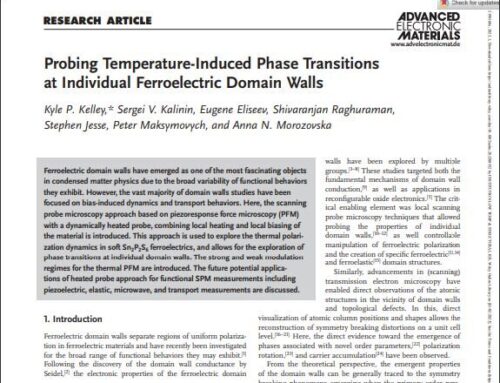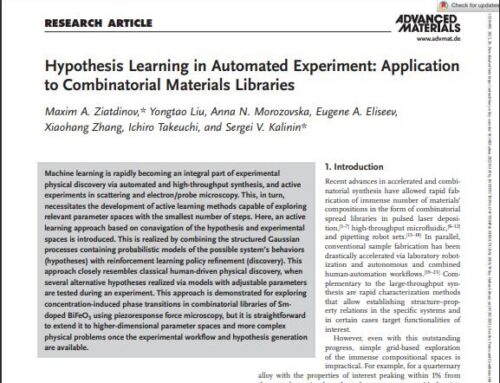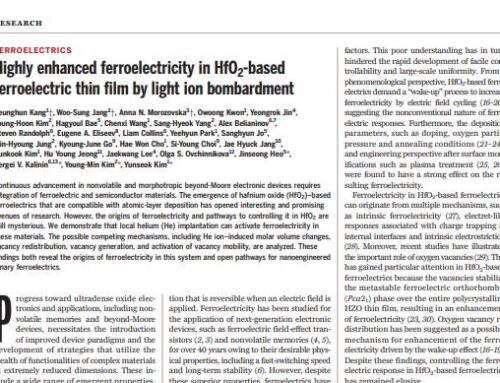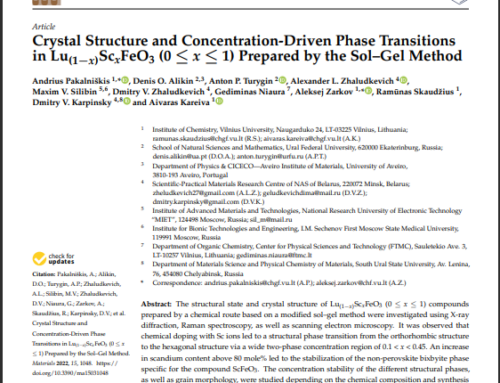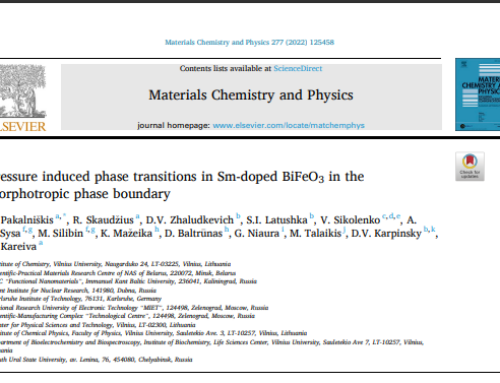Abstract: We developed a Landau-type theory for the description of polar phenomena in low-dimensional transition metal dichalcogenides (TMDs), specifically exploring the flexoelectric origin of the polarization induced by a spontaneous bending and by inversion symmetry breaking due to the interactions with substrate. We consider the appearance of the spontaneous out-of-plane polarization due to the flexoelectric coupling with the strain gradient of the spontaneous surface rippling and surface-induced piezoelectricity. Performed calculations proved that the out-of-plane spontaneous polarization, originating from the flexoelectric effect in a rippled TMD, is bistable and reversible by a nonuniform electric field. In contrast, the spontaneous polarization induced by a misfit strain and symmetry-sensitive surface-induced piezoelectric coupling, cannot be reversed by an external electric field. Special attention is paid to the spectral analysis of the linear dielectric susceptibility and gain factor, which enhancement is critically important for the observation of the polar phenomena in low-dimensional TMDs by the surface-enhanced vibrational spectroscopy.
Title: Flexoinduced ferroelectricity in low-dimensional transition metal dichalcogenides
Authors: Anna N. Morozovska, Eugene A. Eliseev, Galina I. Dovbeshko, Maya D. Glinchuk, Yunseok Kim, Sergei V. Kalinin
DOI: https://doi.org/10.1103/PhysRevB.102.075417 Physical Review B (2020) 102, 075417
Preprint deposited in the repository: http://arxiv.org/abs/2005.08366

